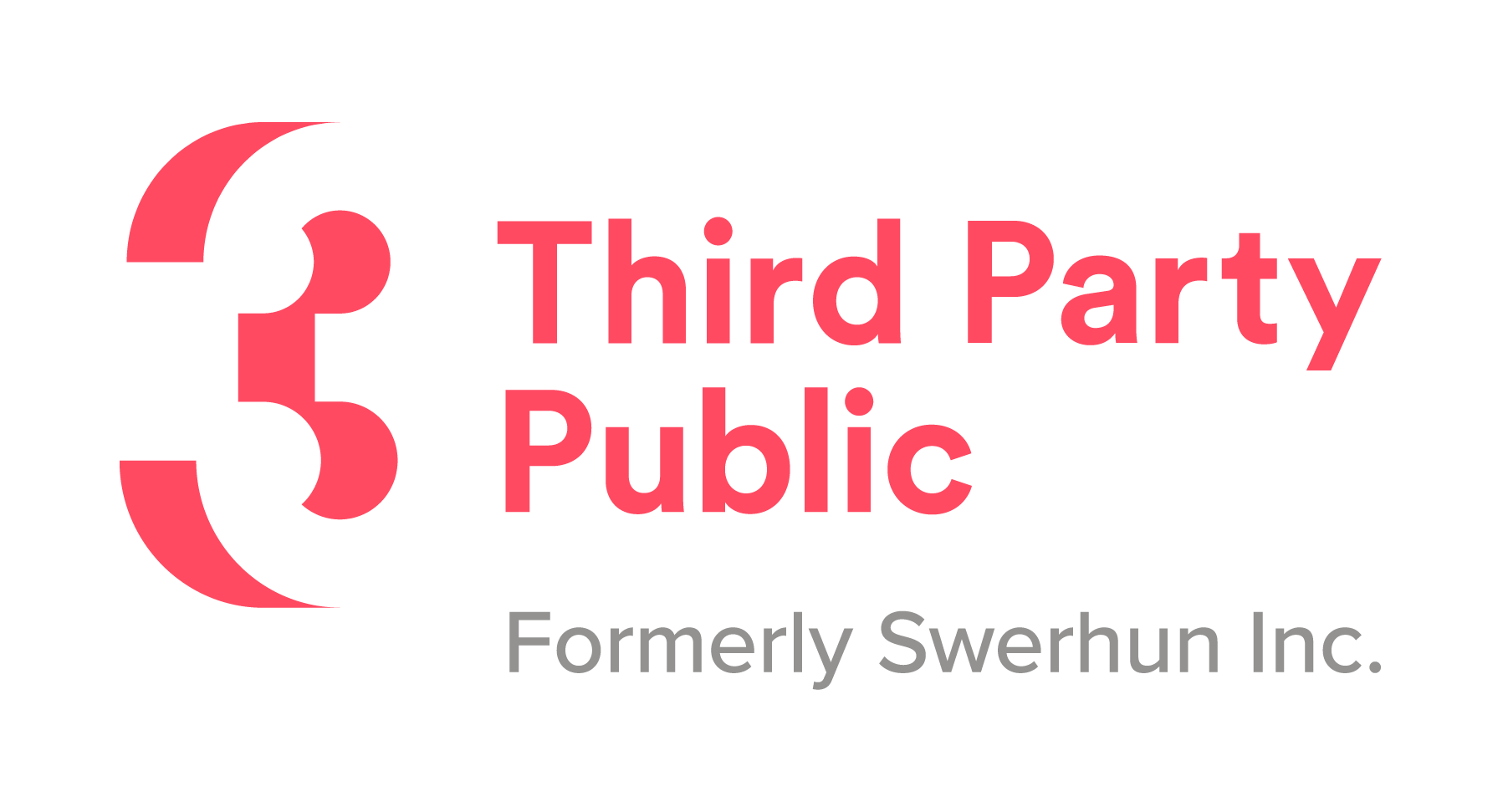IDENTIFYING OPEN AND CLOSED DOORS
STRATEGY 1
What it is:
The terms “Open” and “Closed” Doors refer to the decisions that are open to influence and those that are not.
Why does it matter?
The most compelling reason that someone would participate in a consultation process is because they believe there is a decision that they have an opportunity to influence.
The more transparent you are about what is open for influence and what is not, the easier it is for people to understand their role and what they can contribute. This clarity builds participant trust because it is clear from the beginning what is “on the table” for discussion, what isn’t, and the reasons why.
Some doors are closed because they are beyond the mandate of your organization. Once participants understand what your organization has the power to change they will be able to contribute to your process in a more meaningful way.
Examples of how it matters:
Towns and cities across Ontario have been updating their Official Plans in response to direction from the Province regarding where and how growth would be accommodated. In many communities there has been resistance to the idea that neighbourhoods have to grow. Planners consulting the public as part of one town’s OP review clearly explained that the decision on whether to grow was a “closed door”, since that decision had already been made (by the Province). An important “open door” remained however – how to grow and where growth would be accommodated. If a participant preferred not to see any growth, then that participant was encouraged to direct their feedback to the Province. As a result, time was not taken up at the meeting discussing something that was not available for change. Instead, time was spent providing useful feedback on the open door.
Faced with a potentially significant budget shortfall, a major public service provider was consulting their users and the community about how services could be adjusted. Several participants were inclined to focus on fundraising (Closed Door) rather than service changes (Open Door). The consultation heavily emphasised that fundraising efforts were already being championed by a high profile working group of city leaders who were brainstorming different revenue options and who would conduct their own consultation. This made fundraising a closed door. By clearly explaining that this consultation was providing an opportunity to talk about adjustments in service delivery, participants were able to offer input where it was most needed.
“The key to successful self-governance in our Age of Information is to create a new balance between public and experts. Today that relationship is badly skewed toward experts at the expense of the public. This out-of-balance condition is not the result of a power struggle (though this is not wholly absent) but of a deep-rooted cultural trend that elevates the specialized knowledge of the expert to a place of high honor while denigrating the value of the public’s potentially most important contribution – a high level of thoughtful and responsible public judgment. ”

